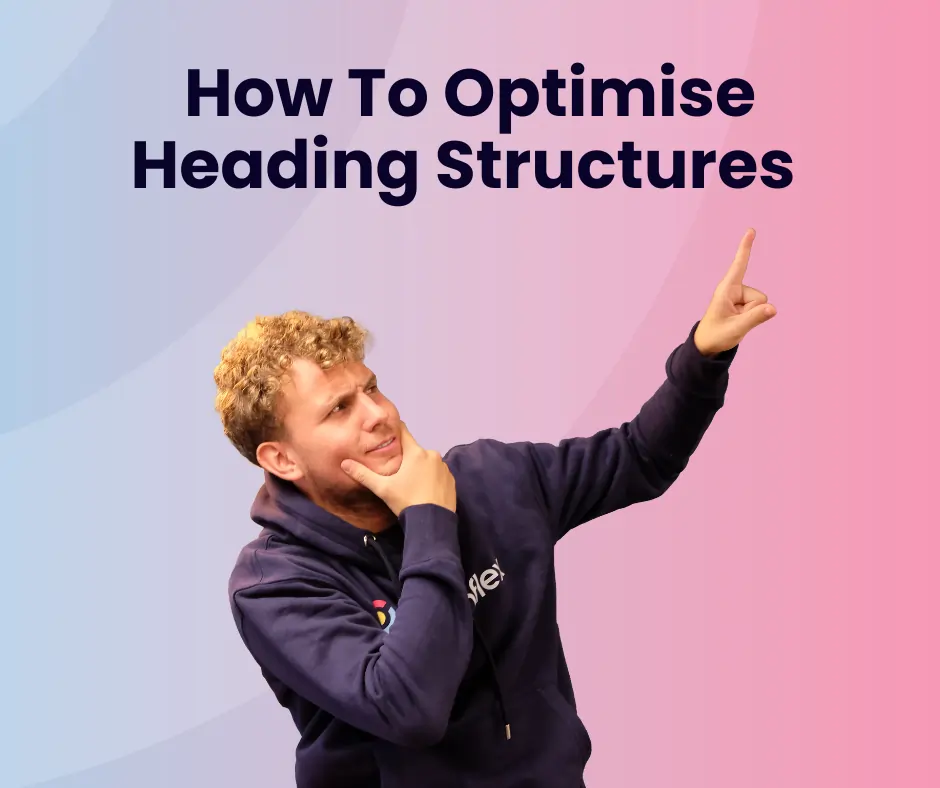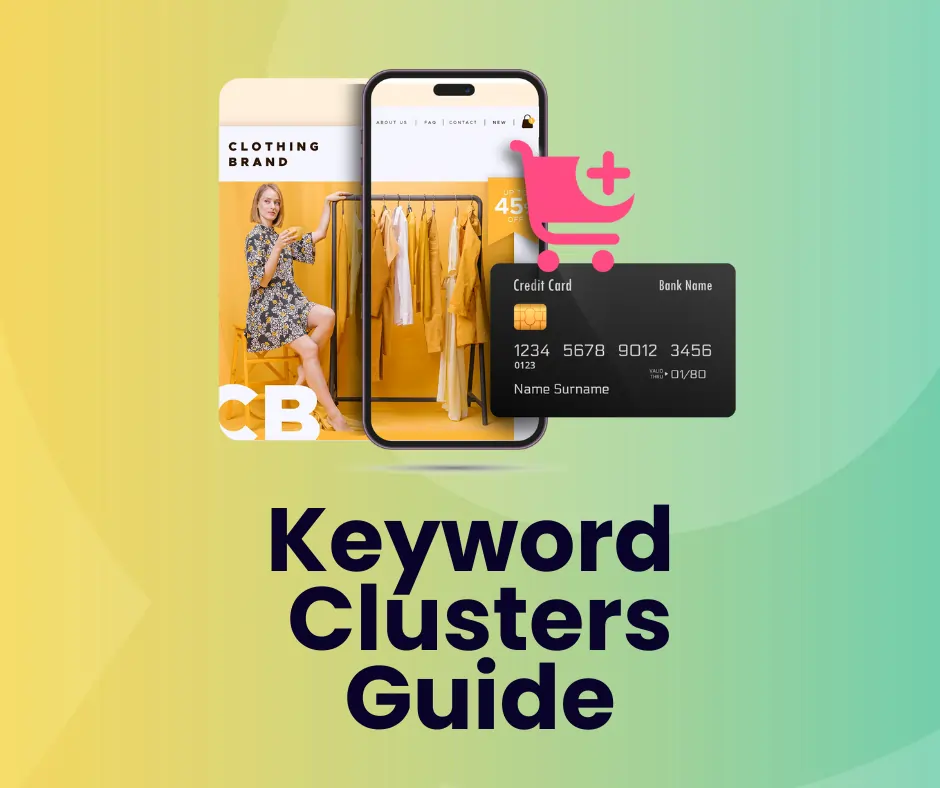What Are SEO Keyword Clusters?
If you’re still optimising for single keywords, you’re leaving rankings and traffic on the table. Search engines prioritise topical authority over isolated terms, making keyword clustering a must-have strategy for SEO success.









